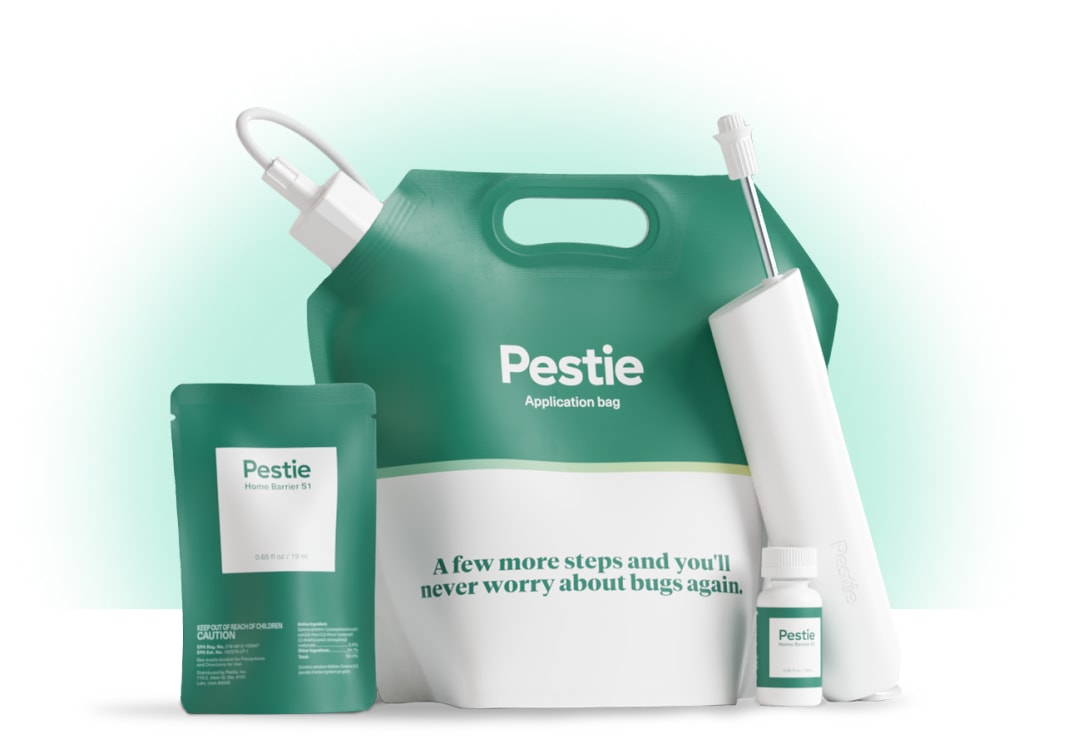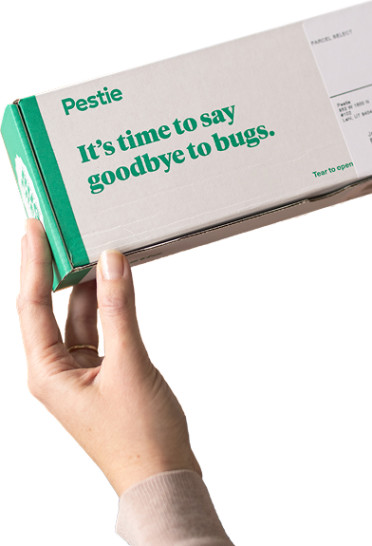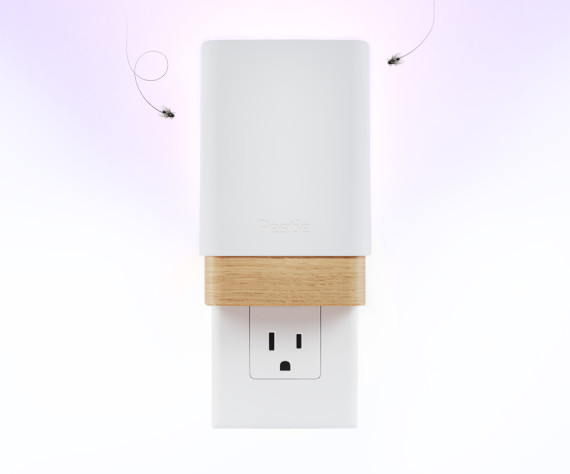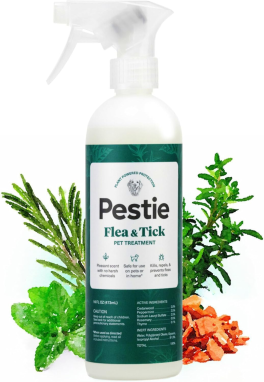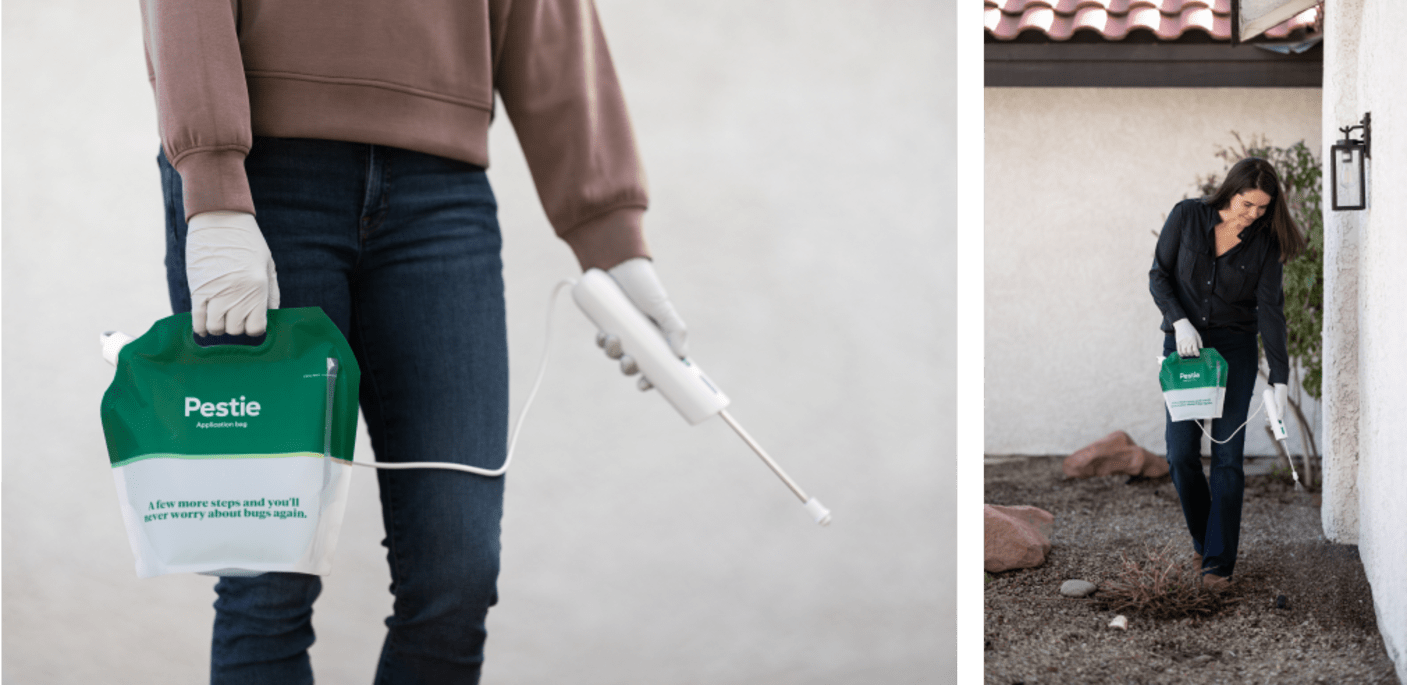How to identify and get rid of silverfish
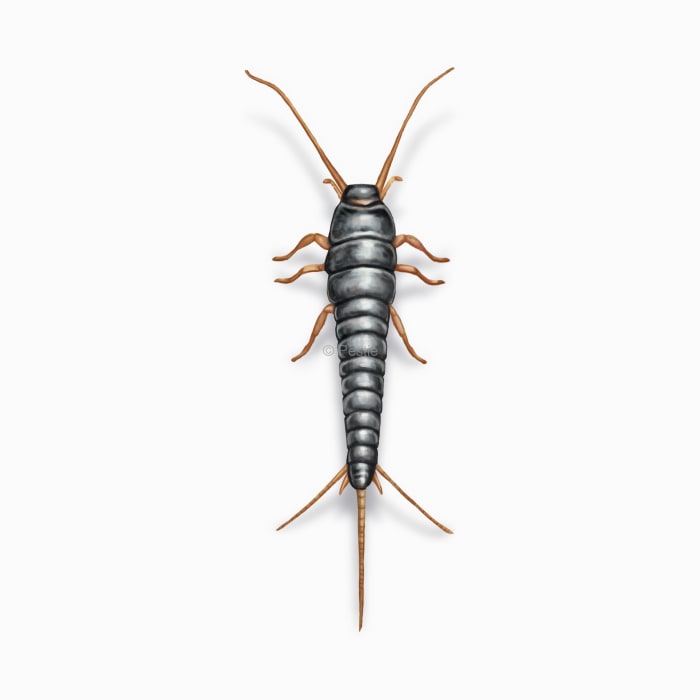
A “fish” out of water but inside your home
Sometimes scientists have the funniest names for odd-looking critters and silverfish is near the top of the list. These wingless invertebrates can be found in many homes, quickly wriggling around, looking like a fish out of water.
Despite their widespread presence, these nocturnal creatures manage to keep a remarkably low profile, thriving in the quiet corners of bathrooms and basements, feeding on odd things like paper, glue, and dog food. These ancient pests have a close association with human structures and may go unnoticed in your home for quite some time.
How to identify silverfish
Silverfish are named for their silvery scales that cover their body and their tapered abdomen which makes them look very fishy. Add in a wiggle when they run from light, and you have a pretty good idea why they are named silverfish.
Silverfish have flat bodies that help them move through cracks and crevices with ease and also sport long appendages on both ends of their body. They have long antennae on their head and three tail-like appendages on the end of their abdomen.
They are also wingless, so you won’t see these guys flying around your home. Instead, they run quickly from place to place.
How big are silverfish?
Adult silverfish can be ½ to ¾ inches long.
What other pests look like a silverfish?
You probably aren’t thinking you’ve got mini fish running through your basement. Instead, silverfish look very similar to their close cousins, firebrats. Firebrats have the same metallic scales and long appendages on their abdomen, but firebrats prefer warm areas like near furnaces or water heaters.
You could also confuse immature cockroaches or earwigs with silverfish. Just remember to look for the three long tail-like appendages on the silverfish.
Where do silverfish live?
You can find silverfish throughout the world, including across the US. They prefer to live in high-humidity environments but with cooler temperatures. Basements and sometimes bathrooms are the perfect spot. Other places could include near kitchens or laundry rooms where there is moisture and food.
How to get rid of silverfish
Silverfish have developed a close relationship with humans and their homes. And while they aren’t dangerous to your health, they can become more of a nuisance.
Here are a few ways to prevent silverfish from taking up residence in your home
- Eliminate food sources – Clean up cereal or flour spills in pantries, and seal up pasta or pet food in airtight containers.
- Reduce water leaks – Check for leaks under sinks, repair leaky pipes in basements, consider adding a dehumidifier to your basement, put plastic sheets on the floor of crawlspaces
- Seal gaps – Caulk cracks and crevices with silicone
Additionally, you can use a pro-grade pest control spray like Pestie to keep silverfish away from your home all year long. You can use it indoors and outdoors, and our rechargeable sprayer can get in those hard-to-reach spaces.
Treat silverfish with Pestie
If you're still having trouble keeping silverfish away, the best option is to use a pro-grade, effective pest control solution like Pestie.
Pestie is a do-it-yourself pest control solution that's specially designed to keep silverfish and other pests away from your home.
With Pestie, you can rest easy knowing that your living space is protected and free of creepy crawlies. And the best part? It's designed for people, pets, and the planet, so you can say goodbye to harsh chemicals and hello to peace of mind!
- Save hundreds compared to traditional annual pest plans
- People, pet, and planet-friendly
- Pro-grade customized formulas
Quick facts
- Scientific name
Lepisma Saccharinum
- Colors
Metallic silver
- Life span
2-3 years
- Diet
Starchy things like paper, cereals, flour, glue, wallpaper, and high protein foods like pet food, dried beef, beef extract, and dead insects
How dangerous are Silverfish?
Low danger risk
Silverfish don’t carry any diseases, don’t bite, and don’t sting. However, they can ruin old books or the wallpaper in your house due to their feeding behavior and excrement.
Silverfish can survive for several weeks without food or water and if they only have water, they can live for up to 300 days without food!
